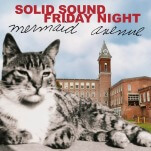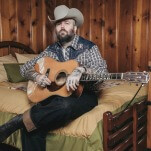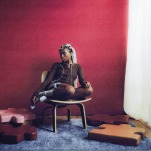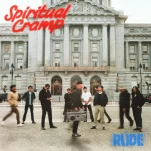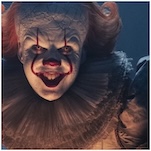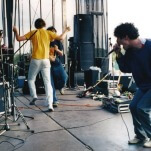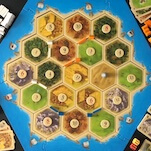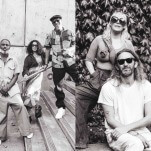The Future of Craft Whiskey according to the Innovative Tuthilltown Spirits
Photos via Tuthilltown Spirits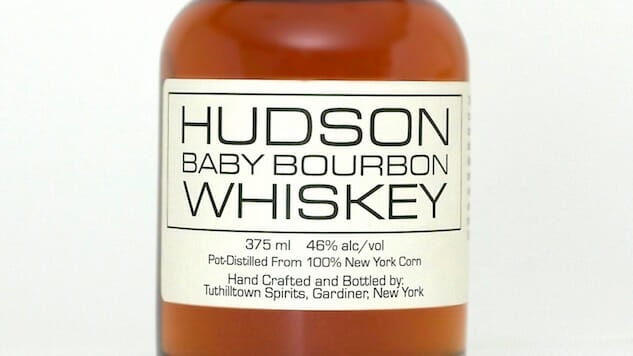
The American craft distilling movement is as strong as it’s ever been, and continuing to grow as small producers pop up across the country. It’s easy to overlook that much of this progress happened over the past decade, as aspiring distillers dusted off old recipes and started to reenergize a market that in many ways was still struggling with post-prohibition stagnation.
One of the early entrants to modern craft distilling was New York’s Tuthilltown Spirits, producers of the acclaimed Hudson Whiskey line, as well as vodka and gin brands. Hudson Whiskey (the brand since 2010 has been owned by William Grant & Sons) has seen some impressive growth over the past 10 years. It was also a big player in paving the way for the larger distilling boom in New York state, lobbying for the passage of the state’s farm distillery law in 2007 (itself coming up on its 10-year anniversary). It’s safe to say the folks at Tuthilltown know a thing or two about producing and selling whiskey in the U.S.
Paste recently got a chance to catch up with founder Ralph Erenzo to get his perspective on how craft distilling in the U.S. has changed over the past decade and what he sees for its future.
-

-

-

-

-

-

-

-

-

-

-

-

-

-

-

-

-

-

-

-

-

-

-

-

-

-

-

-

-

-

-

-

-

-

-

-

-

-

-

-





